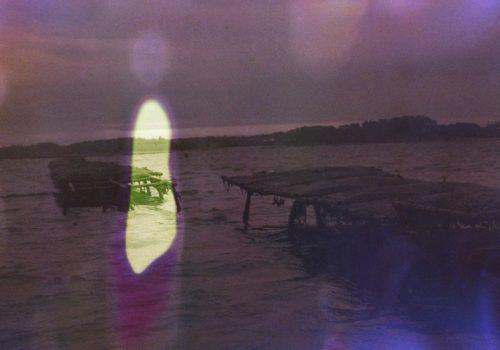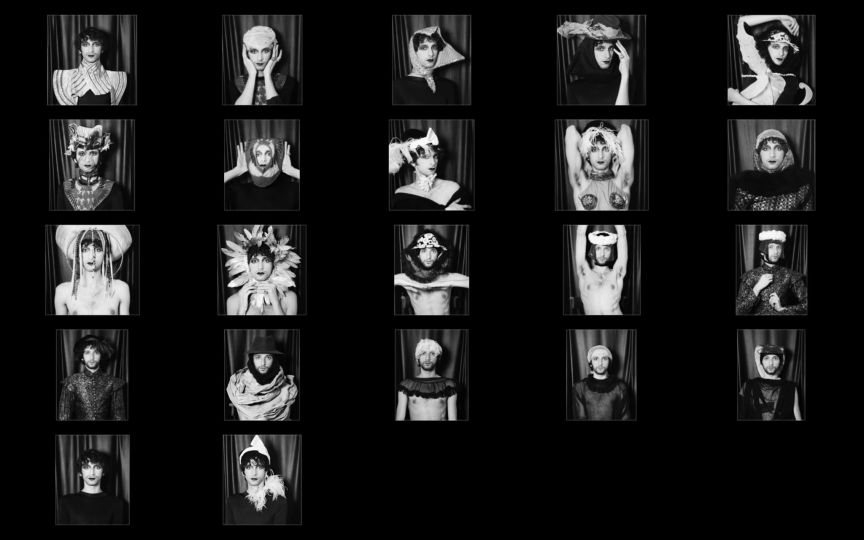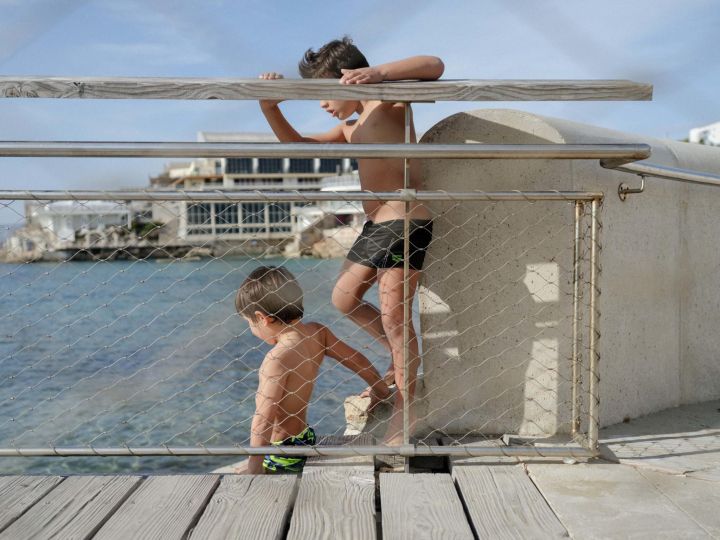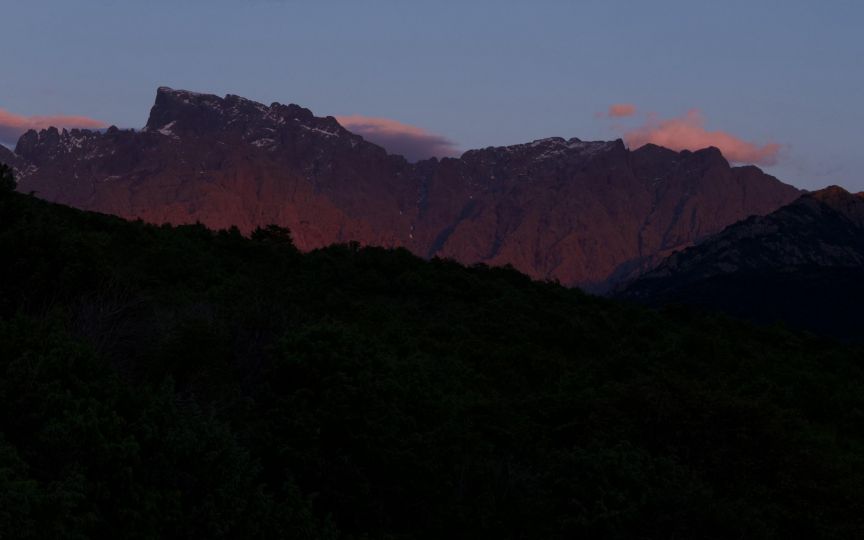The Eye of Photography opens the fourth chapter of its new section, Cartes Blanches, with the support of MPB. Each month, a French photographer will show an unpublished series while experimenting with equipment borrowed from the global platform for buying, selling and trading used photo and video equipment safely.
After delving into the beauty of Corsican landscapes with Cléo-Nikita Thomasson, Carte Blanche stays in an insular universe. On the Île-Tudy in Brittany, Mathilde Guiho focuses on the island’s oyster farming. With her Fujifilm GFX 100 loaned by MPB, she captures the demanding physical work and its relationship with the living, the water, and the powerful marine environment.
Water Is A Wet Flame
A series by Mathilde Guiho
“In the autumn of 2019, I met Kevin, Nicolas, Pauline, and Simon farming oysters on the Odet River and the estuary of Île-Tudy in Brittany. Finding myself quickly in a kind and friendly territory, I returned regularly. Their connection to their environment, the attentiveness it requires, and the physical effort involved in this endeavor fascinate me.
Having grown up near the Loire, I am aware of the powerful effect the presence of water can have on our imaginations. For several years, I have been working on the relationship between humans and water. In search of material, I collect testimonies from people working with water, near water, or who have a strong connection to water, with poetic experiences, of sounds.
Gradually, the desire to work together arose, to immerse myself in the daily lives of these sea farmers, to document as much as possible the connection with their living spaces. Spaces that are almost hostile to them: moving in the mud is exhausting, and weather conditions can also be very tiring (wind, rain, humidity, or even intense heat in a place without any shade). The ocean is an oxymoron: it disrupts and also brings strength.
I worked on several chapters
The first section is closest to the humans who seek their postures and their connection to their environment. The movement of the tide and the work associated with it are very aesthetic, reminiscent of a drawing that composes and recomposes at will. I sought to identify and isolate the daily gestures that form a choreography. Keeping this focus on a specific place. Keeping visual traces, like an intimate geographic map.
A second, experimental section uses film material and its chemical alteration by seawater. These images also tell the story of the tide phenomenon that allows oysters to be sometimes underwater and sometimes out of the water. This breathing, this movement is illustrated with a technique called “soaking”. The saltwater will leave a trace, alter the image on the film, proof of the ocean’s passage and an obvious metaphor. Moreover, the oyster is a shellfish that has a special role as a link between air and water, a filter. Temperature changes due to climate disruptions obviously impact it. With this in mind, I heated the seawater before soaking the films in it. The result offered a rather surreal reinterpretation of coastal landscapes, thus enhancing or emphasizing certain color traces. They carry an uncanny strangeness, a beauty seeming to emerge from another world, and a slightly apocalyptic charge. They speak with beauty.
Finally, the third dimension I work on is sound. While scouting with Kevin and Nicolas, I became aware of the poetic reach of certain sounds: the noise of shells clashing, the noise of oyster bags when they are turned over. The discourse that the two oyster farmers have about their work is also very evocative. They have an emotional connection to their oysters and a caring relationship with the river. Working on the sound part highlights a more sensory aspect.
Inspired by literary materials like Gaston Bachelard’s Water and Dreams or Anita Conti’s Ocean Scrapers, I place my work at the border between documentary and experimental. “Water is a Wet Flame” is the illustration of this transversality.”
Mathilde Guiho
Born in 1991, Mathilde Guiho lives and works in Nantes. She graduated from the University of Sociology of Nantes and trained in photography through numerous workshops (Rebecca Webb and Alex Webb, Arja Hyytiainen, Martin Bogren), her gaze primarily focuses on the body and its representation.
Whether through gestures, postures, frictions, and tiny poetries, the body under her gaze is a “sensitive and sensual” object. Her documentary approach to the work is characterized by a shift from reality to the uncertainty of poetry, echoing in the photographed subjects the freedoms of dance or music.
She herself leads photography workshops for nursing home residents, children and adolescents, and even inmates, using photography as a means of experimentation. Her series “Red Knees” uses printing as a raw material, where the support is scratched, torn, painted, while she moves from one series to another, from the medium of photography to writing and publishing.
Mathilde Guiho is also the artistic director of the multidisciplinary festival in Nantes, Matia Mou.
The artist, and The Eye of Photography, warmly thanks the MPB platform for their support and the use of Fuji GFX 100. The “Carte Blanche” section would not be possible without their assistance.



















